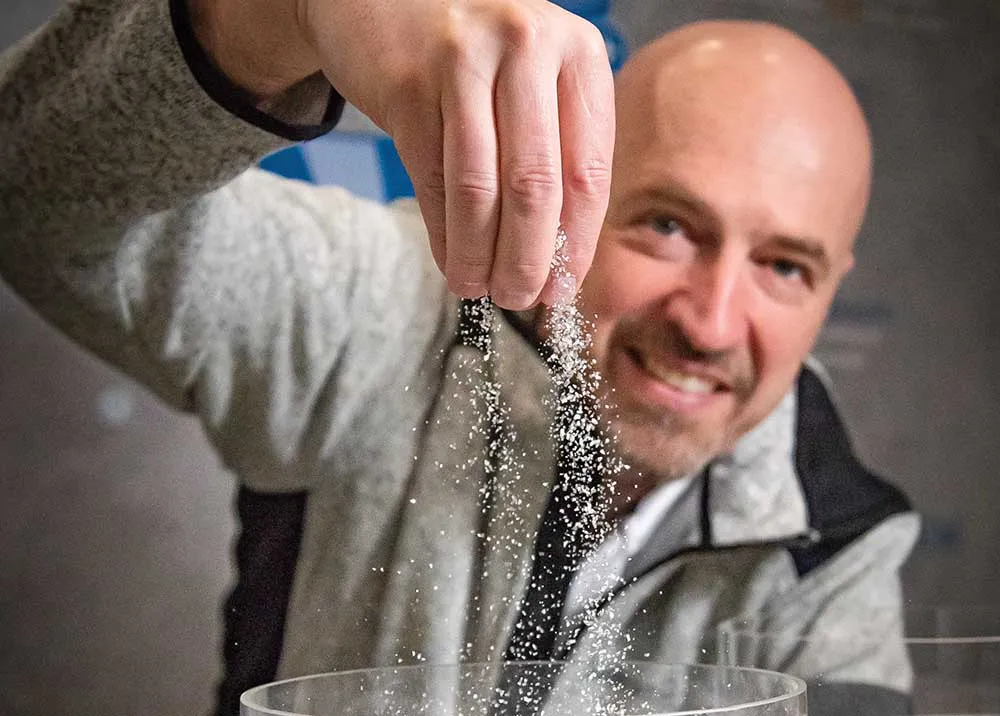The 3M Connected Roads programme will enable visitors to immerse themselves in a VR world that will provide a glimpse into what the future of roadway infrastructure could look like, and the concepts being developed. The goal of the programme is to help facilitate the long-term transition to connected automated vehicles by providing simplicity and adding redundancy.
Meanwhile, the Safer Roads Experience, which will also use VR, will provide users with a chance to see the difference retroreflective materials can make for safer roadways by improving visibility of lane markings in wet and dry weather conditions; or signs that can be seen any time of day or night; or by creating safe navigation for construction work zones, along with a host of other applications.
3M says these two programmes are an example of how the company is fully focused on improving safety for the driver of today as well as creating an infrastructure system that enhances current roadway design and allows smart vehicles to connect with the environment around them.
Also at Intertraffic, 3M will highlight the future of printing, delivered today, and feature the latest technology to meet customers’ business goals, no matter the size or the need. This will include the full breadth of solutions for roadway safety from reflective sign sheeting for both permanent and temporary applications, to wet reflective pavement markings, to vehicle conspicuity and licence plate technology.
See into the VR future at 3M's stand
We’re on the cusp of connected roads becoming a reality. So what will the world look like then? Visitors to the 3M stand at Intertraffic Amsterdam booth will be able to experience the future through two virtual reality (VR) installations.
The 3M Connected Roads programme will enable visitors to immerse themselves in a VR world that will provide a glimpse into what the future of roadway infrastructure could look like, and the concepts being developed. The goal of the programme is to help facilitate the l
February 22, 2018
Read time: 2 mins
We’re on the cusp of connected roads becoming a reality. So what will the world look like then? Visitors to the 4080 3M stand at Intertraffic Amsterdam booth will be able to experience the future through two virtual reality (VR) installations.










